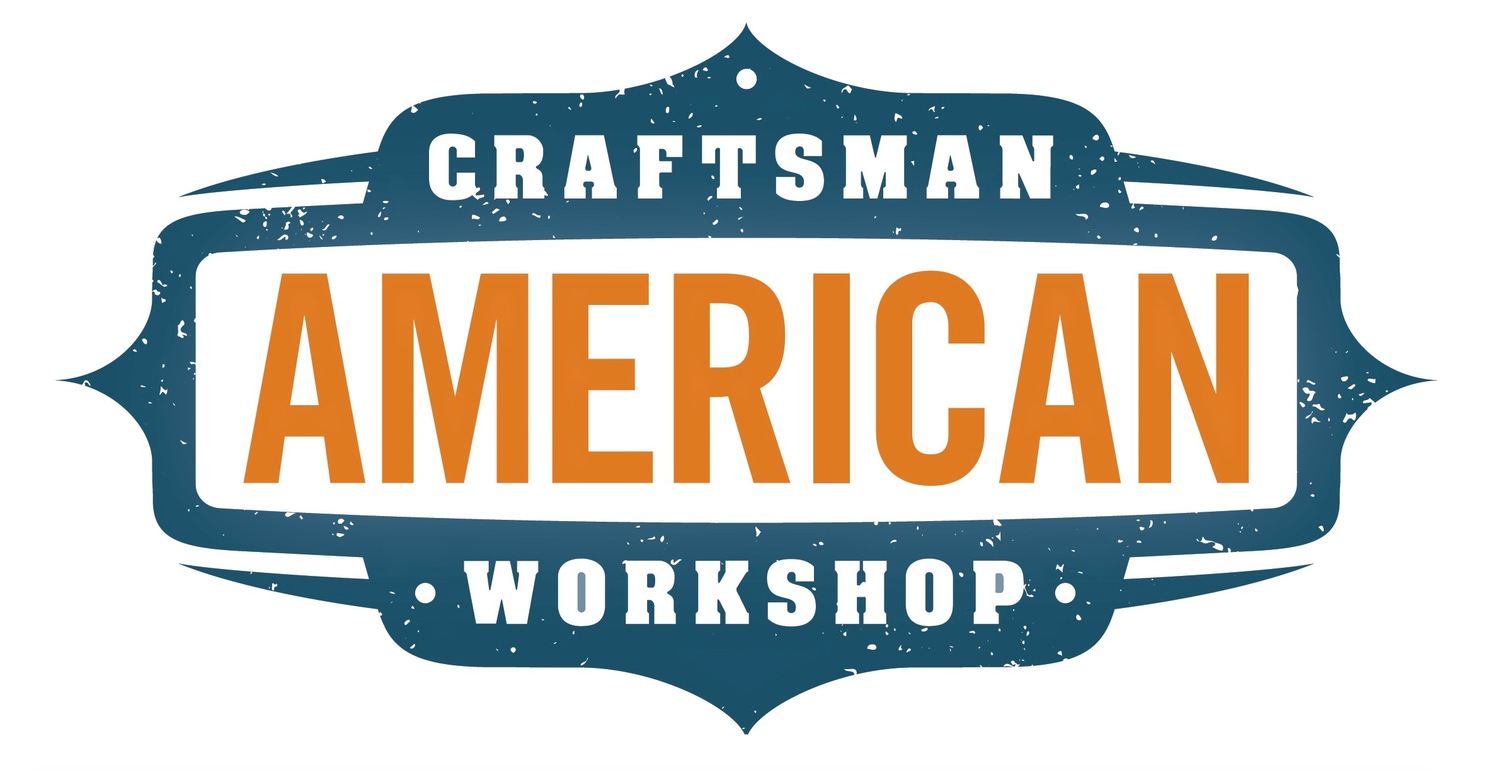Being awash in the woodworking supplies you may be surprised at what I purchased during my visit to the Woodcraft store, nothing but the latest copy of "Woodwork" - Issue 120. After wading through all the tools and checking out the woodworking whizzy wigs and doodads, I bought a magazine.
It really sunk in that while I don't have every tool, I have every tool that I really need to build the types of projects that I build in my shop and on the job site. As one of my clients (who is a very smart business man) pointed out, "You have a well appointed shop. It looks like you have just what you need to get the job done. It's efficient. I'm impressed."
While I don't have every woodworking tool available, I kinda feel like I have it all. My needs are well met, I use most everything I have enough to justify it's existence in my shop, and I appreciate working space enough that I don't have the urge to fill all of it with another tool or piece of equipment.
How Many Tools Do You Need?
The answer to that question will vary by individual. You need to identify what types of projects that you want to build and this will determine what your needs are.
We all end up being faced with the decisions of what tools should we buy. We are trying to strike the balance of budget versus features, and quality. And since each of us has various opinions on what those are and the way that we value our time, we all make different decisions.
But here are some things to keep in mind:
-The stronger your skills, the less tools you will need. Time in the shop, with hands on tools, building projects is what builds skills. Doing this also helps you determine what tools you really need. Over time you may find that your skills make some tools obsolete and that is OK, it is part of the growth process. You can cash the tool out for a few bucks and put it towards something else you find that you really need, or just gain the extra space in the shop which is of great value for most of us.
-When you do buy a tool, buy the best you can afford. As a professional I have discovered the old adage is true "You Get What You Pay For." A good tool will pay dividends in faithful and accurate service. A good tool is also worth repairing versus tossing and buying another.
-Take action. Stop dreaming about what you can do with the tools you have bought and start building. Justify your purchase and build something. What you thought you needed may change if you are more active in the shop, your experience will define what your needs are. But you will only find this out by spending time in the shop building projects.
That's all for now guys. The most important thing here today is spend time in the shop. It does not matter if your focus is on using hand tools, machines, or somewhere in between. If you're not working with your tools, you're just collecting them.
Have fun and focus on getting those Christmas gifts built, time is short!
Your friend in the shop,
Todd A. Clippinger
Share the Love-Share the Knowledge




























